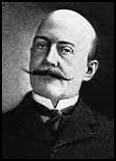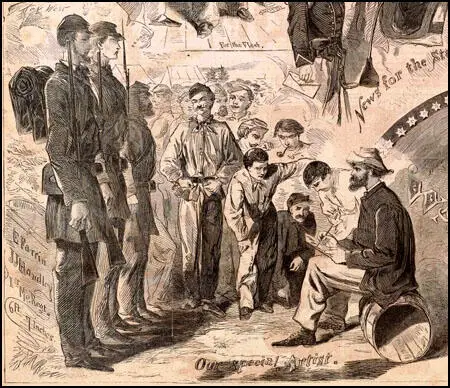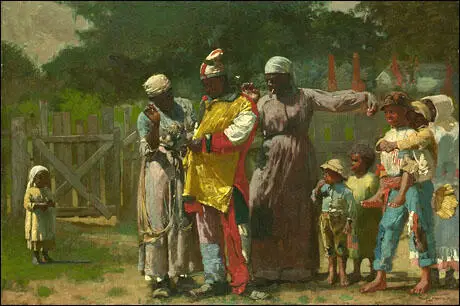Winslow Homer

Winslow Homer was born in Boston, Massachusetts, on 24th February, 1836. When he was nineteen he was apprenticed as to the lithographic firm of John Bufford. In 1859 he moved to New York where he worked as a freelance illustrator.
On the outbreak of the American Civil War Homer was sent by Harper's Weekly, to draw pictures of the fighting. He observed the battle of Bull Run before accompanying the Army of the Potomac during its Peninsula Campaign. He also drew pictures of the siege of Petersburg.
During the war Homer developed a reputation for realism and this was reinforced with paintings such as, In Front of Yorktown, Playing Old Soldier, A Rainy Day in Camp and A Skirmish in the Wilderness. His best known picture during this period, was the highly acclaimed, Prisoners from the Front (1866).

Harper's Weekly during the American Civil War.
Although Homer owned a studio in New York he travelled widely, including in the Deep South, where he painted The Cotton Pickers (1876) and Dressing for the Carnival (1877).

After living in Tynemouth, a small fishing village in England (1881-82) he returned to the United States and settled at Prouts Neck, on the coast of Maine. Over the next year he concentrated on seascapes such as The Gulf Stream (1899), Moonlight - Wood's Island Light (1886), Northeaster (1895) and Early Morning After a Storm at Sea (1902).
Winslow Homer died on 29th September, 1910.


